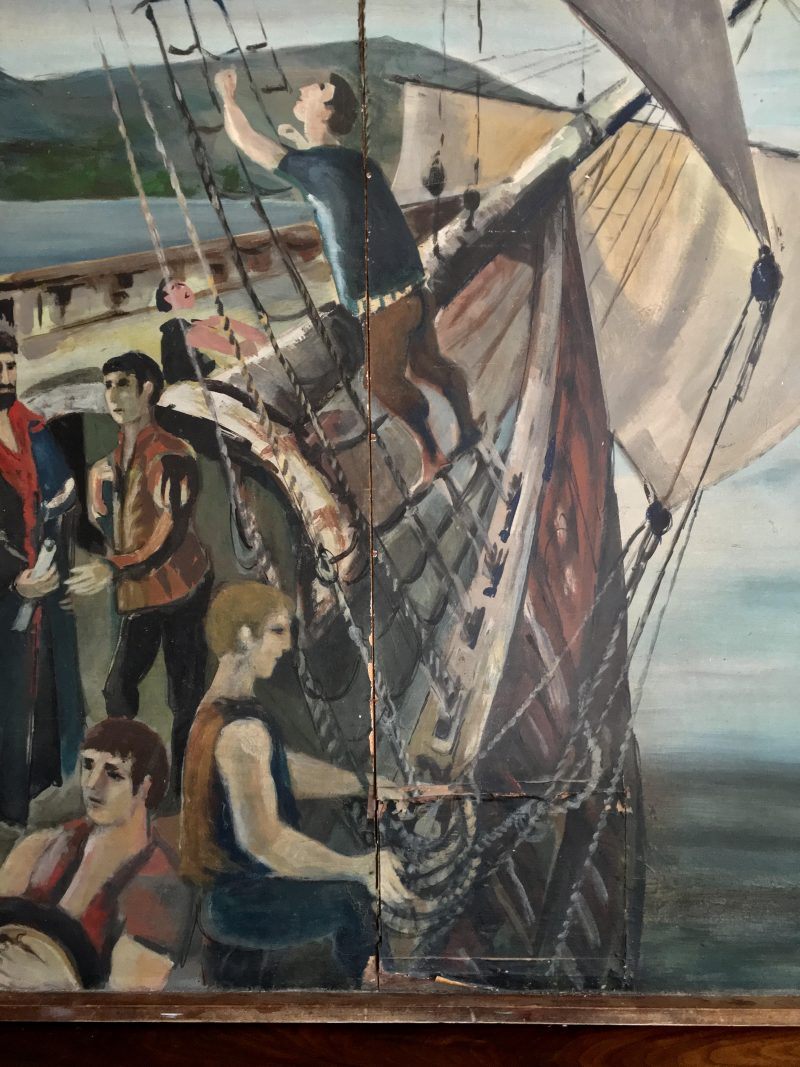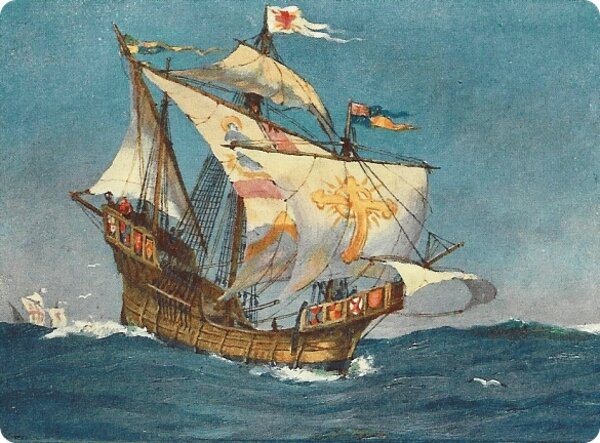His third voyage was a failure.
John Cabot was honored by the King after his return from North America, who also handed him a sizable quantity of money. Cabot had to get additional directives from the king after Bristol customs officials originally refused to pay his pension despite the royal subsidy. Cabot invented new letters for the journey and to aid him in getting ready for his second expedition on February 3, 1498. Lancelot Thirkill of London, Thomas Bradley, and John Cair, who had accompanied Cabot's new expedition, also received loans from the king in the months of March and April.
Early in May 1498, according to The Great Chronicle of London (1189–1512), Cabot sailed from Bristol in a fleet of five ships, one of which the king had prepared. It was said that some of the ships carried goods, including clothing, hats, lace, and other "small" items. This implies that Cabot planned to conduct business while on this journey. In July, the Spanish embassy in London reported that the Cabot and four other ships continued on while one of the ships had been struck by a storm and was forced to dock in Ireland.
It is thought that Cabot and his fleet never returned, and only one ship did so with significant damage. No more records about this mission have been discovered (or at least published) for centuries. It is assumed that he perished after running into a violent storm.









